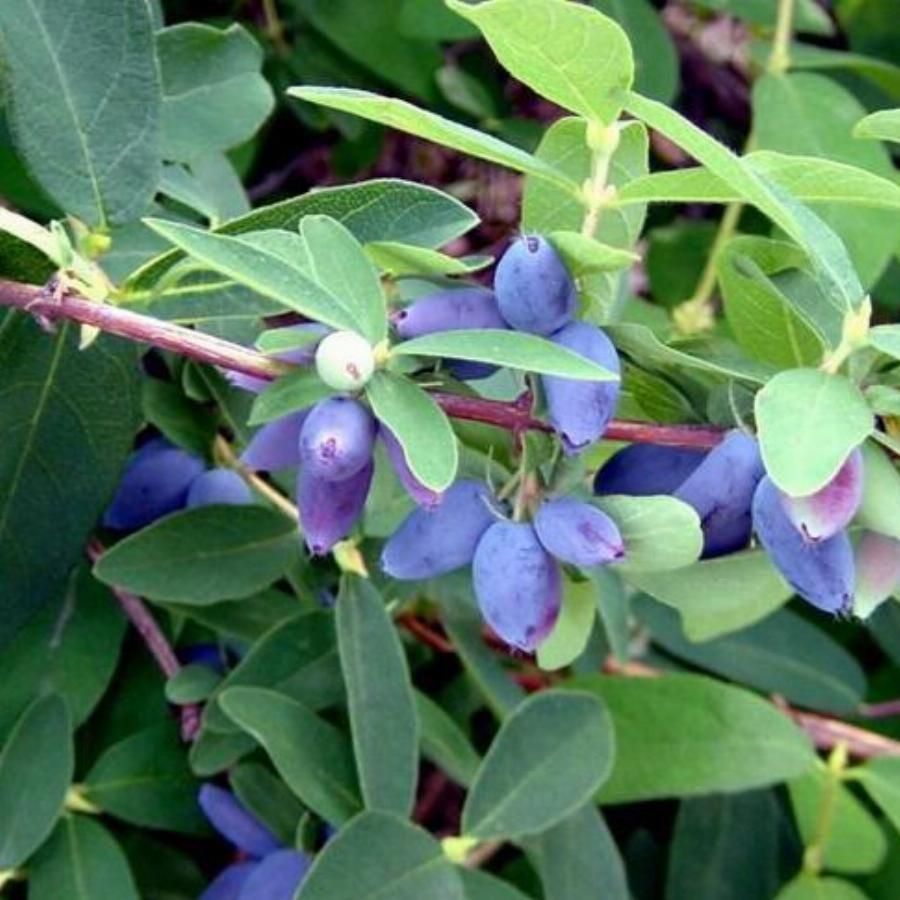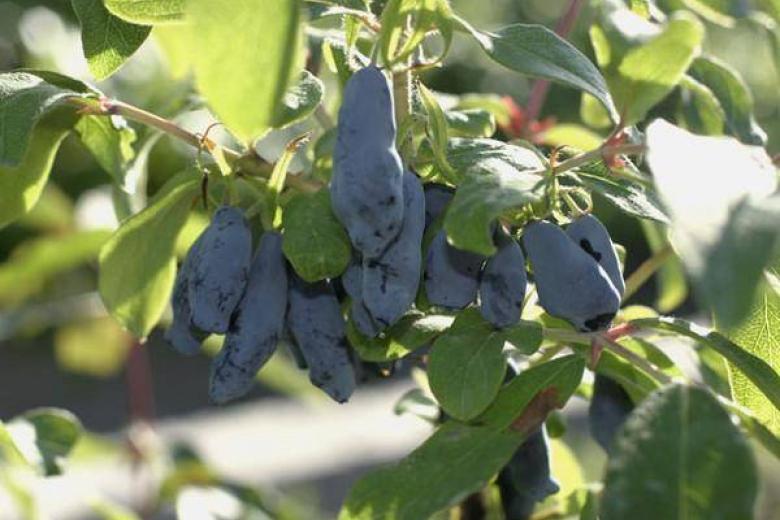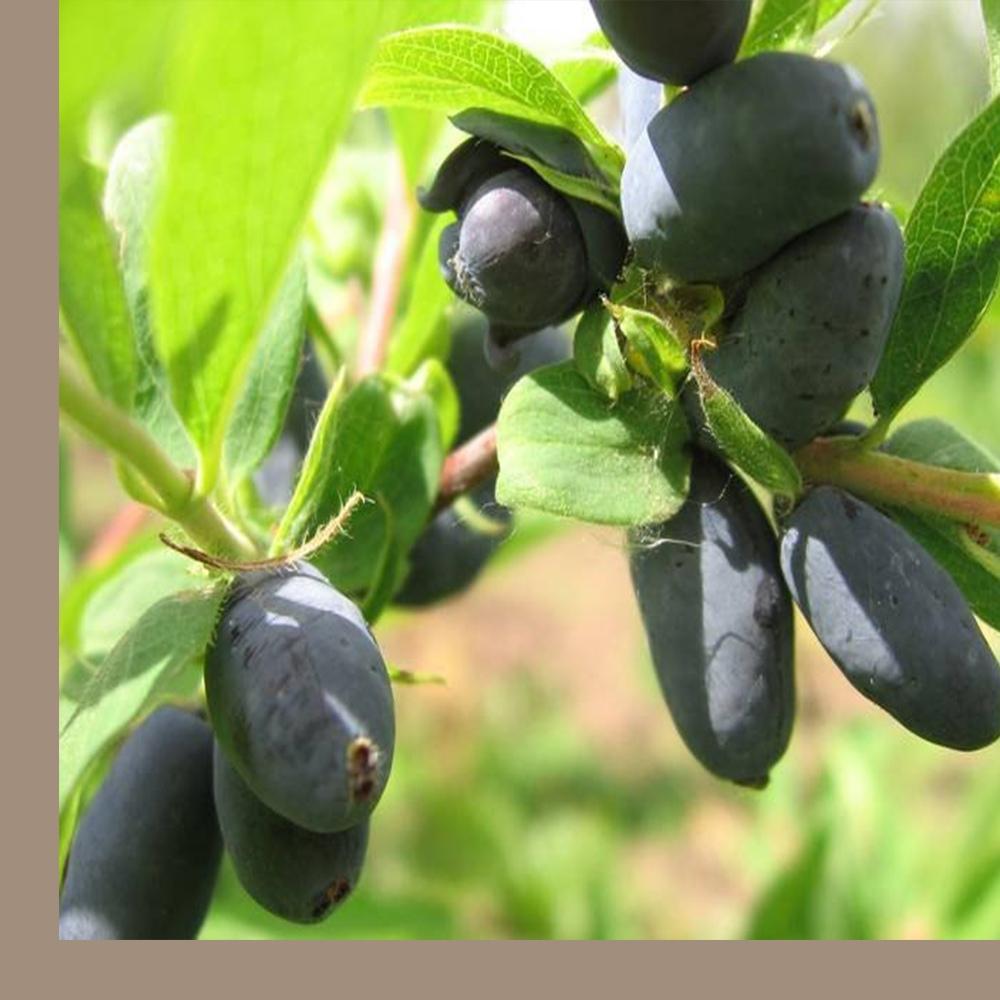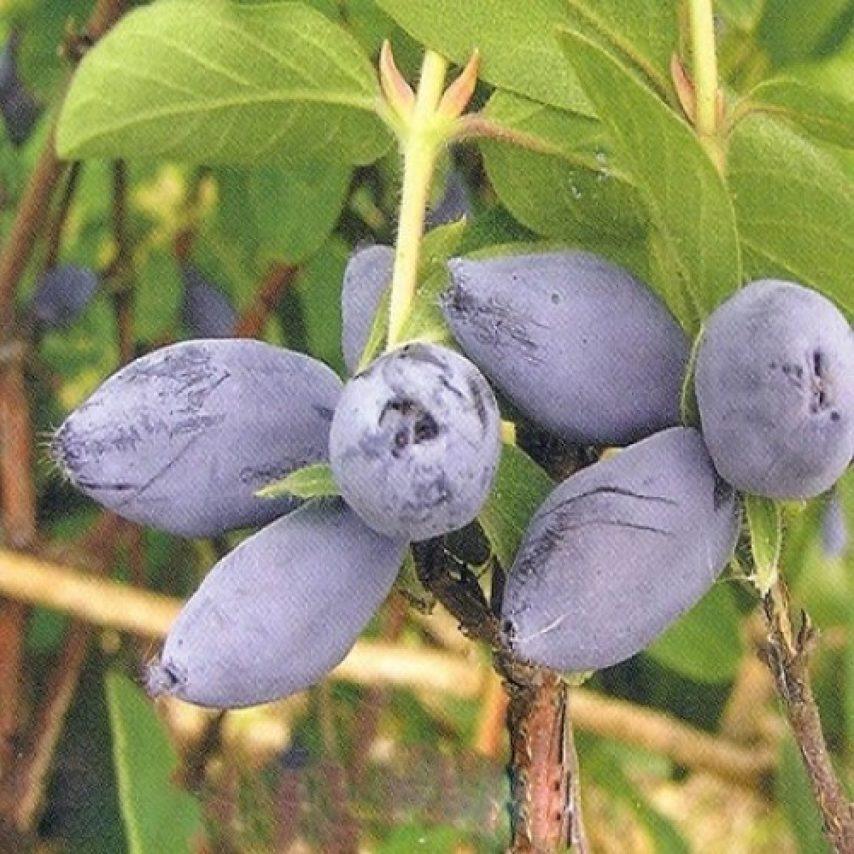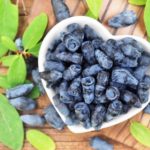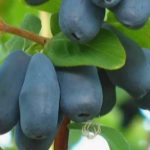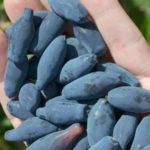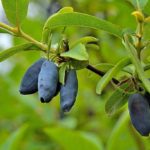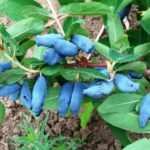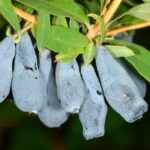Honeysuckle is a popular plant that more and more gardeners are growing. Over the past 30 years, breeders have developed several dozen varieties of this crop. This plant is especially popular in the northwestern regions of the Russian Federation. This is due to the fact that the fruits of the plant ripen quite early. At the same time, many summer residents are interested in the description of the Pavlovskaya honeysuckle variety, its planting and care.
Description of the variety
The Pavlovskaya honeysuckle variety was bred by VNIIR workers. The authors of the culture are considered to be Teterev and the Queen.Selection was carried out with the second generation of crops, which were obtained by crossing elite Kamchatka honeysuckle. The new variety was included in the State Register of the Russian Federation in 2000.
The Pavlovskaya variety is distinguished by all the characteristic features of the species. This medium-sized shrub has an inverted conical shape and straight, thick branches. The foliage has oval, light green foliage. At the same time, young branches are densely covered with leaves, but with age they become bare.
Honeysuckle is characterized by light brown bark that peels off in strips. An adult plant reaches a height of 2 meters and a diameter of 3. The bush begins to bear fruit at 3-4 years of age. The dense compact crown and rigid skeleton of branches allow honeysuckle to be used as a green hedge. The bush lives and produces crops for 30 years.
Features of the fruit
Honeysuckle variety Pavlovskaya is characterized by very tasty fruits that are distinguished by their universal use.
Their taste
Honeysuckle has a delicious sweet and sour taste. The berries of the Pavlovskaya variety are sweet, but they contain a slight sourness and bitterness. The fruits are large in size and oblong in shape. Their length reaches 3 centimeters and their weight is 1.6 grams. The berries are blue in color and covered with a waxy coating.
The fruits can be eaten fresh or used to make juices, compotes, and jam. The berries of this variety are also used to make wine or freeze for the winter. In folk medicine, the fruits can be used fresh or used to make alcohol tinctures.Such remedies help cope with the following pathologies:
- arterial hypertension;
- pathologies of the kidneys and genitourinary organs;
- peptic ulcer of the stomach and duodenum.
Productivity
Adult bushes can bear up to 4 kilograms of fruit. This crop has an average ripening period. You can start picking berries at the end of June.
How to grow properly
Edible honeysuckle is an excellent honey plant. After planting for 3-4 years, the shrub develops slowly. During this period, the plant needs to be watered. It is also necessary to clear the tree trunk of weeds and mulch.
It is recommended to weed and loosen the soil very carefully, since the roots of the plant are close to the surface. It is important to consider that if there is a lack of moisture at the stage of ripening, the berries lose their pleasant sweet and sour taste and begin to taste bitter.
In order to reap a rich harvest of fruits every year, the shrub needs to be planted in a well-lit place. In partial shade, honeysuckle will also form fruits, but in this case there is a high probability of a decrease in yield.
Honeysuckle tolerates different types of soil well. In this case, the most suitable habitat for the plant is considered to be a slightly acidic substrate. Its pH is 5.5-6.5. The shrub does not need fertile soil. A sandy-clay substrate is quite suitable for growing honeysuckle of this variety. At the same time, the culture does not develop well in swampy or too wet soil.
If you plan to harvest manually, when planting you need to make an interval of 1-1.5 meters between seedlings. In this case, the distance between the rows should be 2.5-3 meters.When mechanically picking berries, the interval between bushes should be 60-70 centimeters. In this case, the row spacing is 4-4.2 meters.
The tree trunk circle must be clean. Therefore, it needs to be systematically weeded. Perennial weeds - wheatgrass, dandelion, bindweed - pose a particular danger to the plant. To improve the development of the crop, it is necessary to mulch the tree trunk circle. For this, peat, crushed bark, and wood shavings are used. This will help avoid the active development of weeds and premature drying out of the soil.
The Pavlovskaya variety is drought-resistant. At the same time, young plants need watering. The shrub also needs to be moistened more often during flowering and fruit formation. It is best to use rainwater for irrigation.
If nutrients were added when planting honeysuckle, they will be enough for another 3 years of development. Then every year it is necessary to place organic fertilizers in the tree trunk circle, mixing them with the top layer of soil. For an adult crop, 5-6 kilograms of manure or humus will be enough. Nitrogen fertilizers can also be used as fertilizing.
The total amount of nutrients should be divided into 3 parts:
- For the first time, honeysuckle is fed before the start of the growing season;
- the second time, fertilizers are applied at the end of flowering;
- the third time the plant is fed before fruiting begins.
Possible diseases
This variety of honeysuckle is resistant to parasites and diseases. However, sometimes she still suffers from various infections and pests. The most common pathology of honeysuckle is powdery mildew. This fungal infection causes a white coating to appear on plants.As a result, the bush stops developing and loses its decorative properties. Powdery mildew most often develops in damp summer weather. At the first symptoms of pathology, fungicides should be used - “Skor”, “Topaz”, “Horus”.
Of the pests, honeysuckle is often susceptible to attacks by aphids. These small insects form colonies and absorb the sap of young foliage. At the same time, deformed leaves appear on the honeysuckle, covered with a sticky coating. At the first symptoms of the disease, you need to treat the crop with an insecticidal preparation. Actellik, Ampligo, and Turbo Presto are suitable for this.
The plant may also suffer from red spider mites. They absorb the juices of the crop and lead to the formation of necrotic spots on it. To cope with pests, it is recommended to use such products as “Superbizon”, “Envidor”, “Aktofit”.
Preparing for cold weather
Adult honeysuckle is resistant to cold. Therefore, it can be grown without shelter. Young seedlings need to be wrapped in several layers of spunbond. You can place a cardboard box on top of small shrubs, and put a heavy stone or brick on top.
To protect the root system, it is recommended to use an additional layer of mulch up to 20 centimeters in size. To do this, you should use straw, sawdust, peat or last year's leaves. If the necessary materials are not available, the bush must be covered with soil. This is done up to the fork zone of fruiting shoots.
Honeysuckle Pavlovskaya is a common crop that bears tasty and healthy fruits. In order for a plant to produce a full harvest, it needs to be properly cared for.

